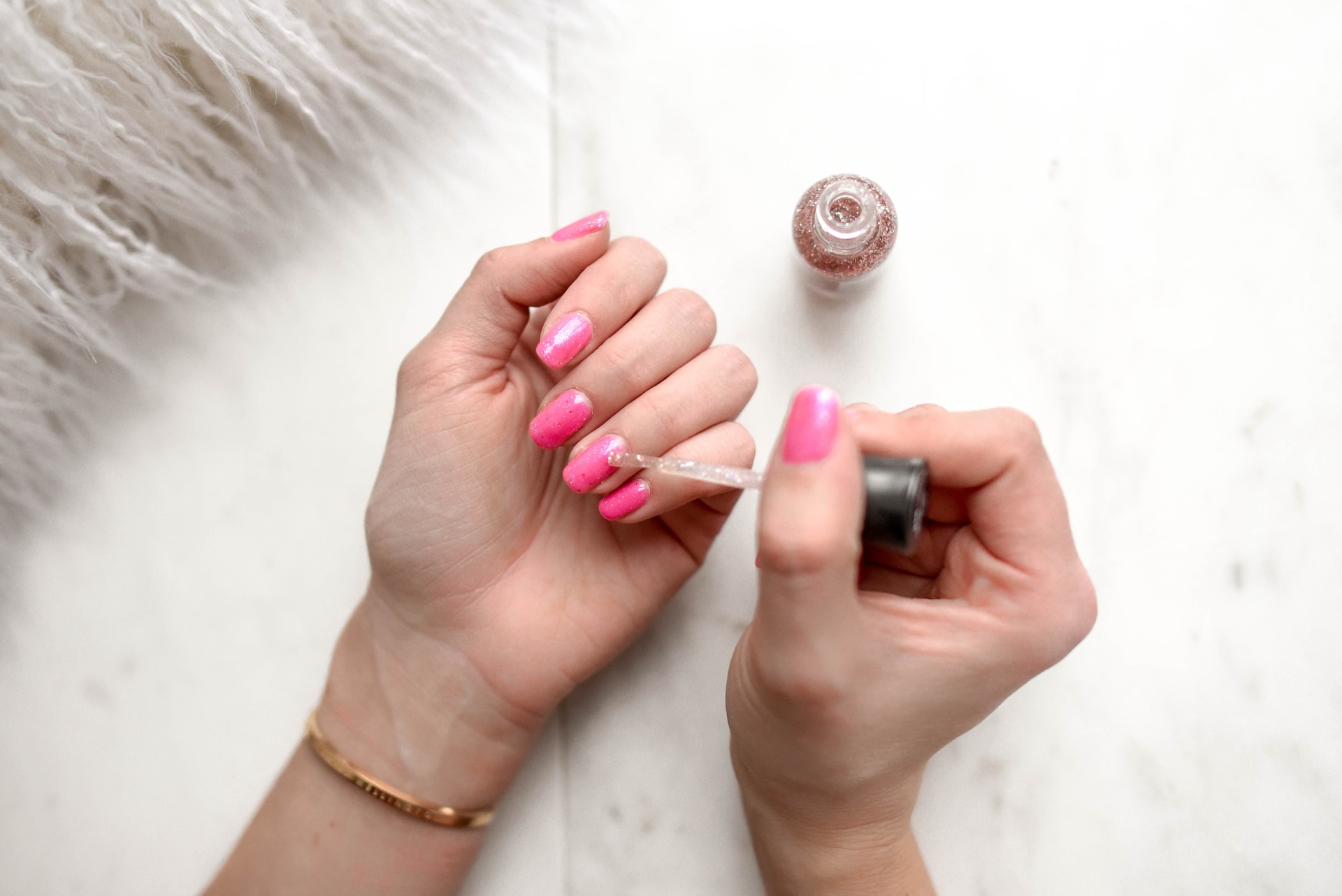BACKGROUND
The REACH (Registration, Evaluation, Authorisation and Restriction of Chemicals) SVHC (Substances of Very High Concern) Candidate List is a list of substances that have been identified as being of very high concern for human health or the environment.
WHAT’S NEW?
On 14 June 2023, the European Chemicals Agency (ECHA) announced that Trimethylbenzoyl Diphenylphosphine Oxide (TPO) (CAS 75980-60-8), a cosmetic ingredient used as photo-initiator in artificial nail systems had been added to the REACH Candidate List, which now contains 235 entries.
Currently, TPO is listed in Annex III/311 to the EU Cosmetics Regulation 1223/2009 and may be used in artificial nail systems up to 5% (for professional use only), and the label shall bear the warning “For professional use only. Avoid skin contact. Read directions for use carefully”.
TPO has been linked to reproductive toxicity (Repr cat. 2). Sweden has proposed a Repr 1B classification, which ECHA’s Risk Assessment Committee (RAC) supports, but an official harmonized classification has not yet been published. It is expected to be included in the 21 ATP published in Oct-Nov 2023, with no transition period.
WHAT NOW?
Under REACH, companies have legal obligations when their substance is included – either on its own, in mixtures or in articles – in the Candidate List.
Suppliers of articles containing a Candidate List substance above a concentration of 0.1 % (weight by weight) have to give their customers and consumers information to be able to use them safely. Consumers have the right to ask suppliers whether the products they buy contain substances of very high concern.
Importers and producers of articles will have to notify ECHA if their article contains a Candidate List substance within six months from the date it has been included in the list (14 June 2023). Suppliers of substances on the Candidate List, supplied either on their own or in mixtures, have to provide their customers with a safety data sheet.
Under the Waste Framework Directive, companies also have to notify ECHA if the articles they produce contain substances of very high concern in a concentration above 0.1 % (weight by weight). This notification is published in ECHA’s database of substances of concern in products (SCIP).
The inclusion of substances in the Candidate list does not necessarily mean that they will be included in the REACH Authorization list (Annex XIV). However, it indicates that these substances are being closely monitored and may be subject to further regulatory action in the future, such as restriction or even a ban.
References:
European Chemicals Agency (ECHA) adds two hazardous chemicals to Candidate List, 14 June 2023






